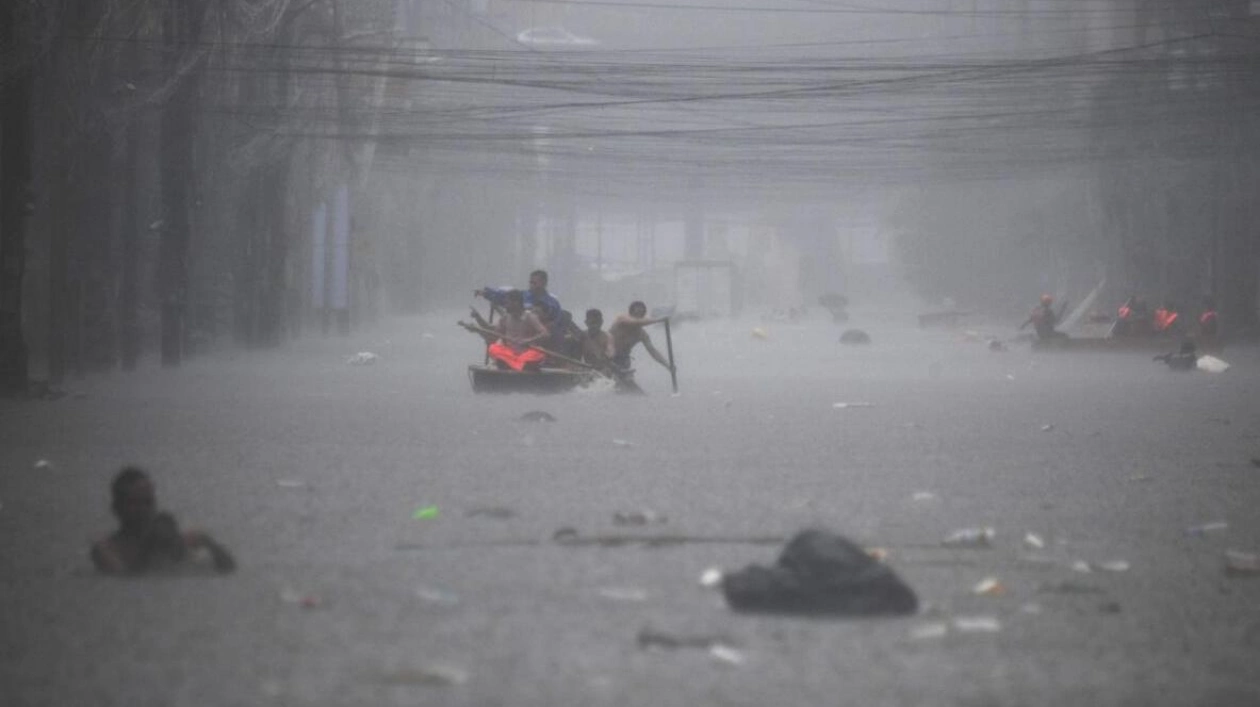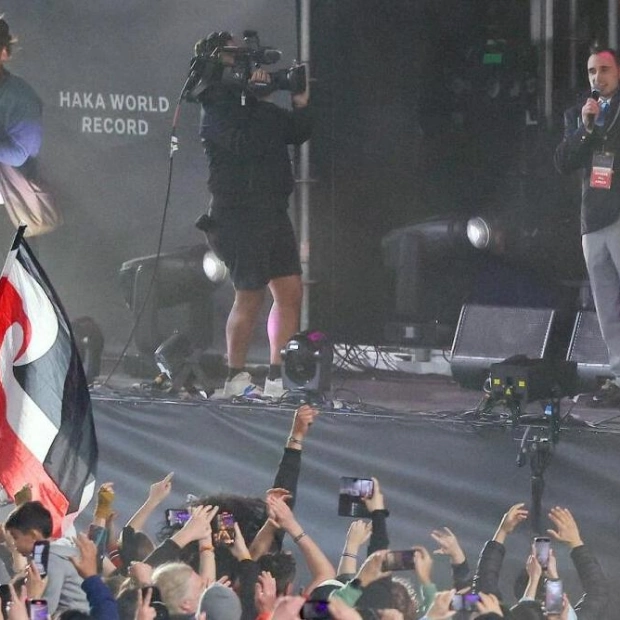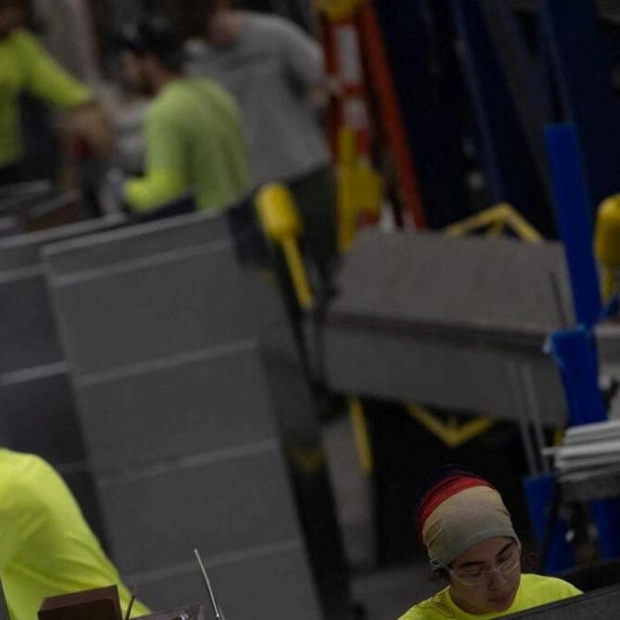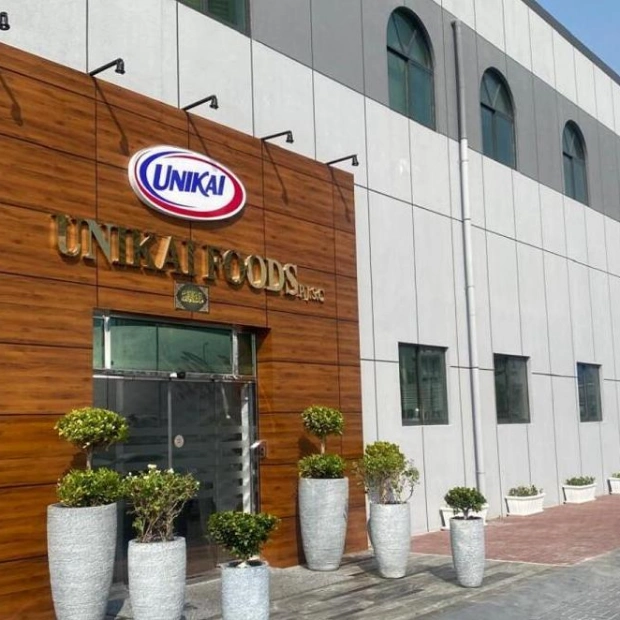Crowd-sourced data could enhance the prediction of tropical storms and typhoons that frequently impact the Philippines, potentially saving lives, according to disaster risk experts. When Typhoon Gaemi struck the country in late July, Mahar Lagmay, the head of the Nationwide Operational Assessment of Hazards (NOAH), urged citizens to submit photos of flooding in their areas to improve the project's flood hazard models. He noted that these reports would help validate the accuracy of existing models and correlate rainfall amounts with actual flood levels, thereby aiding in future flood predictions. The Philippines experiences approximately 20 major storms annually, a number expected to rise due to climate change.
"Typhoons will become more frequent and stronger, leading to increased rainfall and larger, more frequent floods," Lagmay warned. Typhoon Gaemi claimed 48 lives in the Philippines and nearly 100 in the broader region. Following the 2020 eruption of Taal Volcano, which killed 39 people, NOAH requested residents to report the thickness of ash in their neighborhoods. Thanks to these submissions, NOAH was able to recreate the ash fall's deposit footprint and use the data to predict future eruptions.
"Citizen engagement increases their stake in solving problems because they feel ownership. They become part of the solution," Lagmay explained. The Taal Volcano erupted again recently, but with a low alert level and no reported injuries. For individuals like Allan Figueroa, who drives a jeepney in Manila, the risks of floods and other natural disasters are very real. Typhoon Gaemi left his neighborhood submerged, despite prior warnings. Figueroa and his family were unable to evacuate in time, resulting in the loss of his jeepney and sheltering on a neighbor's top floor until the waters receded.
Creating flood hazard maps is costly and resource-intensive, primarily undertaken by developed countries. Citizen engagement could be more cost-effective in poorer nations. Narod Eco of the Advocates of Science and Technology for the People suggests merging scientific and community knowledge to address disasters. However, Eco emphasizes the need for ethical engagement that respects community needs and builds trust.
NOAH, founded in 2012 after Typhoon Sendong claimed 1,000 lives, aims to help communities through pre-disaster risk assessments. Despite completing flood hazard mapping for 70% of the Philippines, funding cuts in 2017 reduced NOAH's resources. Lagmay highlights the need for more funding to develop larger hazard models, including mountainous areas prone to flooding. NOAH collaborates with local governments to craft disaster management plans, emphasizing the importance of investing in science and scientists to build public trust.
President Ferdinand Marcos announced in July the completion of 5,500 flood control projects worth 245 billion pesos. However, Lagmay notes that flood controls have limitations, especially with rapid population growth and climate change. He advocates for decongesting overcrowded areas to better manage disasters.






